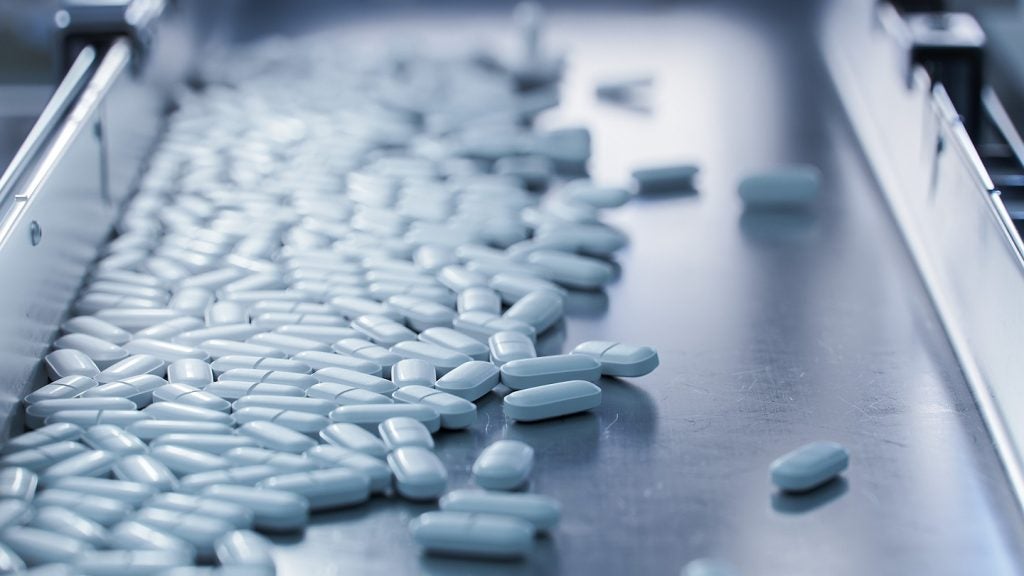IRPC: What prompted you to study the colonisation of Yankauer catheters in your ICU?
Willms: I noticed that Yankauer catheters are often placed in awkward positions in the patient’s bed or at the bedside. The Yankauer is used to suction oral, nasal, wound and other contaminated areas, and it seemed, at the very least, to be unhygienic to put these on medical equipment or in the patient’s bed sheets.
I felt that the study would stimulate ICU staff to provide appropriate containers for holding the Yankauer catheter.
IRPC: Describe a Yankauer catheter.
Willms: The Yankauer catheter in common use in our ICU is a disposable, hard plastic, tapered tube with a bulbous tip. It connects to a vacuum source and is used to clear secretions from the mouth and other body areas.
See Also:
IRPC: How did you carry out your investigation?
How well do you really know your competitors?
Access the most comprehensive Company Profiles on the market, powered by GlobalData. Save hours of research. Gain competitive edge.

Thank you!
Your download email will arrive shortly
Not ready to buy yet? Download a free sample
We are confident about the unique quality of our Company Profiles. However, we want you to make the most beneficial decision for your business, so we offer a free sample that you can download by submitting the below form
By GlobalDataWillms: 20 Yankauer catheters were collected from patients in our surgical, medical and cardiac ICUs. We immediately immersed the end of the catheter in thioglycollate broth, agitated the catheter, centrifuged the tube and plated the sediment on a standard battery of culture media. The results of those cultures constitute the main findings of our study.
IRPC: What did your study reveal about the placement of Yankauer catheters?
Willms: We had just begun to introduce a holder device for them, the Yankauer suction holster, and just over half of them were found in place in a proper holder. The rest were found on top of medical equipment, such as mechanical ventilators, in patients’ beds or on the floor.
IRPC: What did you find growing on these catheters?
Willms: We found pathogenic bacteria or yeast growing on 16 of the catheters; that’s 80%. Seven catheters grew multiple pathogenic organisms, including some very nasty bugs, such as Pseudomonas aeruginosa, methicillin-resistant Staphlococcus aureus, vancomycin-resistant enterococci and others.
The majority of cultures showed moderate or abundant growth of organisms, indicating that there was a large inoculum present.
IRPC: What is the value of such a study?
Willms: We know that a number of items in the intensive care environment can be carriers of pathogenic organisms. Stethoscopes, physicians’ ties and other innocuous items can carry, and presumably transfer, these pathogens to patients or healthcare workers.
To me, this just makes the rather obvious point that these Yankauer catheters carry dangerous pathogens, and we need to treat them with respect.
They should never be placed on other medical equipment, the floor or in places where they can spread their contents to healthcare workers or other patients. Sticking them in the bed sheets perpetuates a cycle of increasing the burden of disease-causing organisms in the environment surrounding the patient.
IRPC: Since these organisms are mostly coming from the patient who uses the catheter, how does it pose a risk for that patient?
Willms: Well, first of all, a catheter used to suction an area harbouring these bacteria or yeast, such as the mouth, may come into contact with a sensitive area of the patient, causing a serious problem such as a wound infection. Also, if these catheters are in contact with other surfaces around the bedside that caregivers may then touch, it is likely that these organisms will be transmitted to other patients.
Leaving Yankauer catheters around can facilitate the inter-patient transmittal of powerful pathogens and pose a significant
health threat.
IRPC: What can be done to remedy this situation?
Willms: Yankauer catheters need to be treated with the same care and concern as you would any potentially infectious material. Caregivers should wear gloves when using or manipulating the device. Products such as the Yankauer suction holster should be used to secure the catheter away from bed sheets, the floor or medical equipment.







